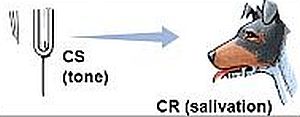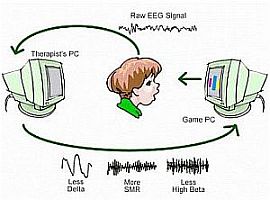The first famous experiment was done by the Russian scientist, Pavlov.
He first showed food to a dog, which made the dog salivate.
In step two, he rang a tuning fork in front of the dog, but there was no salivation.
In the third stage he rang the tuning fork and showed food to the dog on a number of occasions: there was salivation.
In the fourth stage, he only rang the tuning fork but showed no food. Still the dog salivated. That showed that the dog had developed a Biofeedback between the ring of the turing fork and food, so that wherever he heard that sound, there was a biofeedback mediated autmatic salivation even when there was no food shown (See picture).
In another experiment, laboratory rats were left inside a small maze. If they could come out of the maze, they received food as reward. They soon learnt how to come out easily!
(Dr.Bernard Brooker, Miami University, NR2CON, 2007, New Delhi)
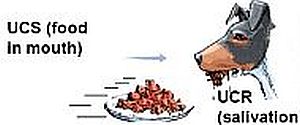
2.
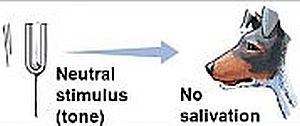
3.
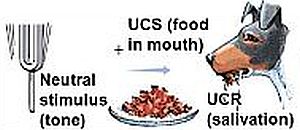
4.
